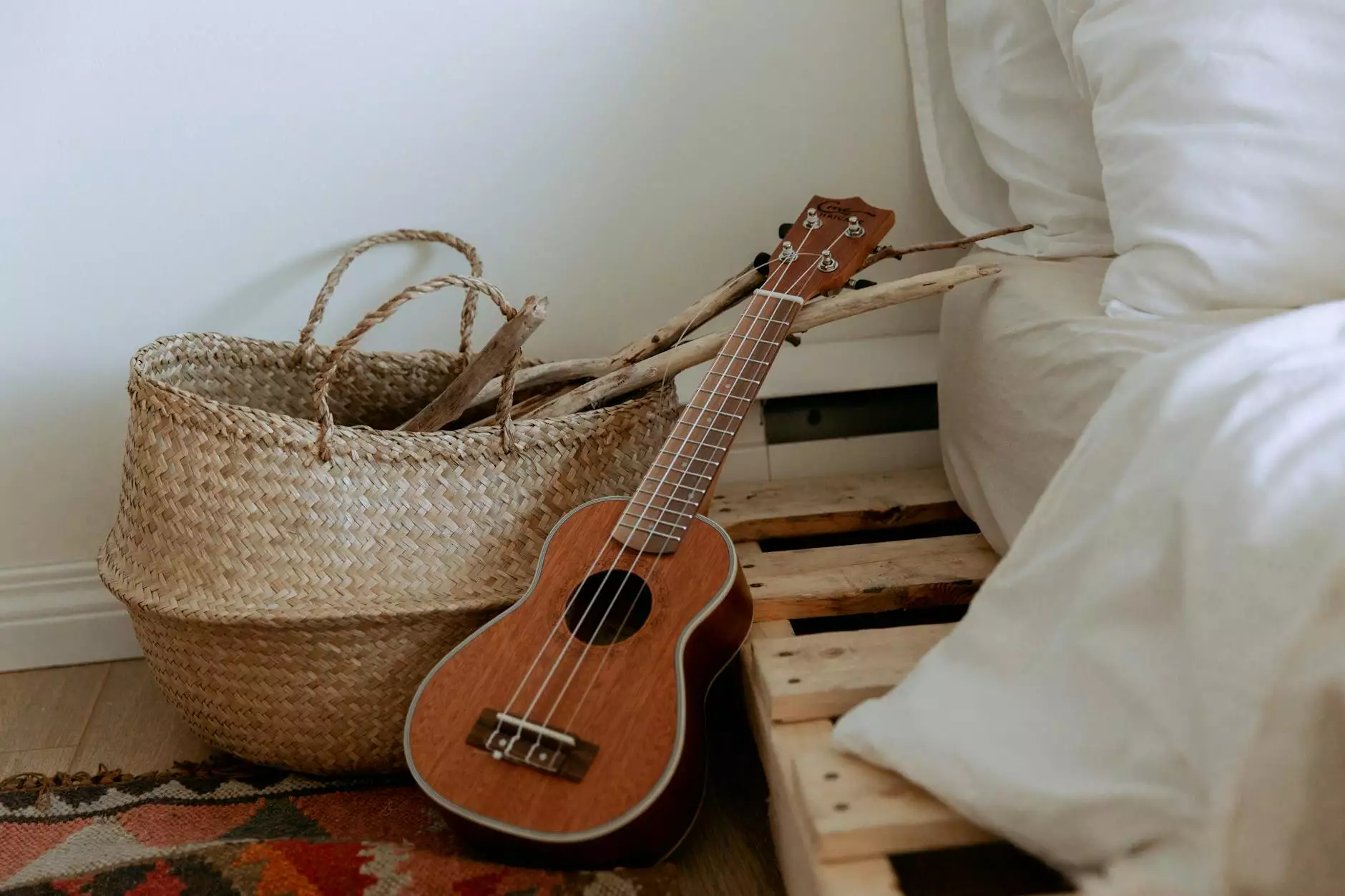Guitar Pedals Explained for Beginners
Technology
Introduction
Welcome to Cormon Cable and Distribution Inc.'s detailed guide on guitar pedals. Whether you're a beginner guitarist or an experienced player looking to delve into the world of effects, this comprehensive guide will provide you with the knowledge you need to understand and utilize guitar pedals effectively.
Why Use Guitar Pedals?
Guitar pedals, also known as effects pedals, are devices that alter the sound of an electric guitar. They allow you to add depth, texture, and variety to your playing, enabling you to create unique tones and experiment with different styles. By incorporating guitar pedals into your setup, you can enhance your playing, expand your sonic possibilities, and add that extra touch of creativity to your music.
Types of Guitar Pedals
There are numerous types of guitar pedals available, each serving a specific purpose. Let's explore some of the most common ones:
1. Overdrive Pedals
Overdrive pedals simulate the natural sound of an overdriven tube amplifier, adding warmth and a gentle saturation to your tone. They are often utilized in genres like blues and rock to achieve a crunchy, driven sound.
2. Distortion Pedals
Distortion pedals provide a more aggressive and heavier tone compared to overdrive pedals. They are commonly used in heavier genres such as metal and punk, delivering a saturated and powerful sound that can add intensity to your playing.
3. Delay Pedals
Delay pedals create echoes of your guitar's sound, adding dimension and depth to your playing. They allow you to achieve atmospheric and spacious effects, perfect for solos or creating ambient sounds.
4. Reverb Pedals
Reverb pedals emulate the natural reverberation of different environments, such as rooms and halls. They can provide a sense of space and depth to your guitar tone, making it sound more lush and three-dimensional.
5. Chorus Pedals
Chorus pedals add a shimmering, detuned effect to your guitar's sound. They replicate the effect of multiple guitars playing the same part, creating a rich and immersive tone. Chorus pedals are commonly used in genres like pop and funk.
6. Wah Pedals
Wah pedals create a distinctive sweeping sound by altering the frequency response of your guitar signal. They are often associated with funky, expressive playing, enabling you to shape the sound with your foot and create unique, vocal-like tones.
How to Use Guitar Pedals
Using guitar pedals may seem daunting at first, but with a bit of practice and experimentation, you'll quickly get the hang of it. Here are some general guidelines to help you get started:
1. Order of Pedals
The order in which you connect your pedals can greatly impact your overall tone. As a general rule, it's recommended to place your gain-based pedals (overdrive, distortion) before time-based pedals (delay, reverb) in the signal chain. However, feel free to experiment and discover what works best for your desired sound.
2. Powering Your Pedals
Most guitar pedals require a power source to operate. You can use either batteries or an external power supply to provide power to your pedals. It's important to ensure that you have the correct voltage for each pedal to avoid damage.
3. Dialing in Your Sound
To achieve your desired tone, spend time experimenting with the settings on your pedals. Each pedal has various knobs and switches that allow you to tweak its parameters. It's recommended to start with the knobs at their midpoint and make small adjustments until you achieve the desired sound.
4. Using Pedals in Combination
One of the most exciting aspects of using guitar pedals is the ability to combine them creatively. Experiment with different combinations to create unique sounds that suit your playing style and musical preferences.
Conclusion
Congratulations! You now have a solid understanding of guitar pedals and how to use them effectively. Remember, the key to mastering guitar pedals is practice and experimentation. Don't be afraid to try new things and make the most of the vast sonic possibilities they offer. So go ahead, unleash your creativity, and let your pedals take your playing to new heights!




